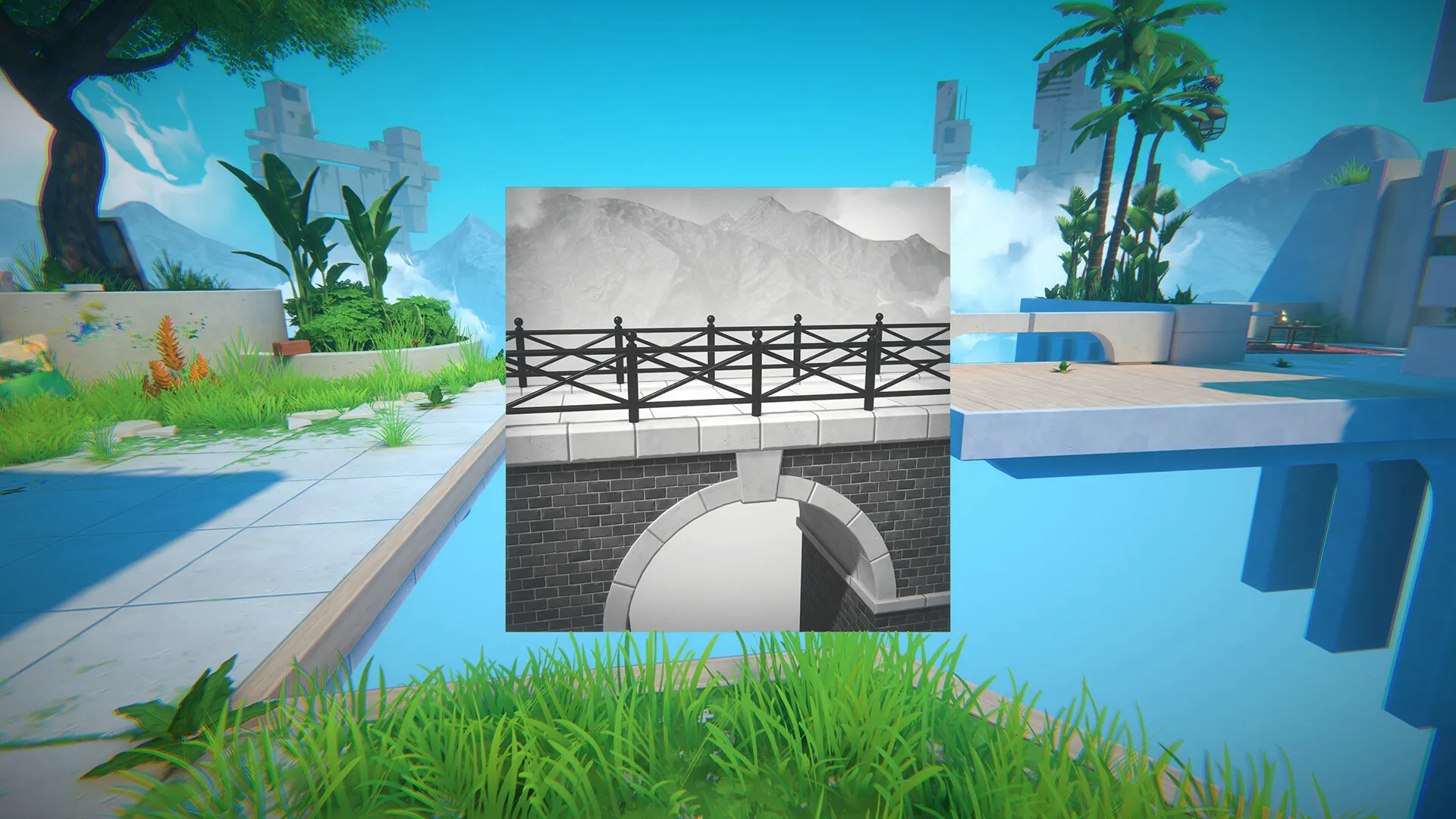Scurvy Scallywags is a surprise. Because it is a match 3 game, I expected something along the lines of a palette-swapped and pirate-themed Bejeweled, Ron Gilbert be damned. What I got was a resplendent game oozing with quirky and smart dialogue, tongue-in-cheek humor, and a nicely laid out and thematic interface.
Scurvy Scallywags is structured as a play, where your customized pirate avatar goes from anchor to anchor and island to island, collecting treasures along the way. From the beginning, you have an overarching map where you navigate your ship from one rail-run place to another. Each map varies by climate, enemies, and inhabitants, but the basic premise is that you play a match 3 game until the enemies are vanquished and the treasure is found.
 This game’s major innovation is its marriage with RPG elements: as you continue throughout the game, you gain extra clothing, abilities, and ships. Furthermore, your character becomes more powerful with the addition of special moves and abilities, giving you an edge against increasingly powerful enemies.
This game’s major innovation is its marriage with RPG elements: as you continue throughout the game, you gain extra clothing, abilities, and ships. Furthermore, your character becomes more powerful with the addition of special moves and abilities, giving you an edge against increasingly powerful enemies.
Aside from the basic swipe-to-match mechanics, Scurvy Scallywags is markedly different in the end goals of its puzzles; each map contains a set number of enemies that spawn at random tiles on the edges. At the bottom corner of these enemy sprites you see numbers, representing their strength. Your own pirate occupies his own tile, and any moment that these two tiles are adjacent (yours and your enemy’s), you must find a way to either avoid conflict or fight. If your own strength is less than the enemy’s, you lose one of three hearts at the top. If yours is greater, then you win.
The concept is simple enough that in most puzzles, the enemies are the major obstacles, and though there aren’t any traditional boss characters, Scurvy Scallywags does employ enemies of increasing complexity. For example, aside from the ghoul-faced mooks, another enemy type can launch explosive seeds.
You combat these foes via upping the attack rating of your pirate by matching 3 purple sword pieces. Comboing swords provide greater bonuses, and much of the planning of any given puzzle map in Scurvy Scallywags (especially at higher levels) will require a careful war of attrition. Planning is central to successfully evading enemies until you become powerful enough to defeat them.
To aid you, the game allows you to purchase special abilities, passive benefits, and powers. Through the in-game gold you acquire, you spend much of it on learning skills that can range from a variety of things, such as tile swapping or attacking from afar. These abilities give Scurvy Scallywags more of a strategic setup beyond its simplistic match 3 design.
Beyond the puzzle, over time as you acquire gold and defeat enemies, you come across a wide variety of different clothes, features, ship builds, and sea shanties. Each and every single one of these features aids in creating this unique, flavorful experience; none of this feels cheap, ripped off, or palette swapped.
However, Scurvy Scallywags is far from perfect. The touted ‘RPG’ aspect of puzzle-RPG is not as deep as I believed. Perhaps this may be a problem associated with its puzzle half, but the major RPG aspect of Scurvy Scallywags are the passive skills and powers that you can unlock during over the course of the game. Though you level up and can increase the stats of your pirate, I did not notice any considerable changes or visible differences in how the game is played or the attack values. The clothing and ships are primarily cosmetic, and to my knowledge they do not have any considerable bearing on how the puzzles are played.
The puzzles are a bit incongruous at times, and some of the skill in tech tree building and planning that are integral to RPG games is a bit lost. The random nature of tile generation means that at any given moment, enemies and bonuses can spawn in almost any manner of direction. Furthermore, since your pirate can only move through a successful match 3 swap, getting to a quest piece can be very difficult without the aid of skills or abilities. You’re beholden to the luck of the draw more often than you should in an RPG.
At the same time, enemies and traps can spawn very close to you, and a lot your planning can be undermined by spontaneous combos due to pieces that emerge from the edge of the puzzle map. While this is not necessarily a make-or-break issue, it is a disincentive against careful play. This slight incongruity between puzzle and RPG makes the puzzle part feel overwhelming, and the skills can be wildly inconsistent depending on which tile your pirate occupies.
On the other hand, none of this is a bad thing for Scurvy Scallywags. Rather, my major gripe with the game is its great, but ultimately less than perfect merging of the two genres. It’s just that at times, one of them overpowers the other, and the innovations can seem to be a bit superfluous and simplistic.
But at the same time, if we remember the target audience of Scurvy Scallywags, these gripes are pretty innocuous in any sense of the word. The game is still wildly fun, unrepentantly quirky, beautifully constructed, and vividly imaginative. Though its gameplay is simple, there’s nothing wrong with that; the game has a clear understanding of its strengths and plays them to its fullest.






